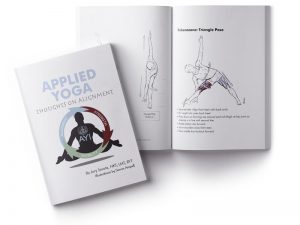Over the last year, I’ve had the opportunity to deal with and face a great deal of pain. When I tore my ACL, the physical agony I experienced was unlike any other I had ever had. And then after surgery, the recovery was no joke. My range of motion was drastically limited, the stability I had in my knee was minimal and I was faced with having to take care of my body in a way I never have before. It was a tremendous challenge (still is, actually), and has brought me great insight.
The first thing most people do when they experience pain is avoid it. It hurts, we don’t fully understand it, and we stay as far away as possible. I completely understand this. We are afraid of making it worse, of aggravating it. We think that by staying away from it, by not “aggravating” it, it will soon go away. Sometimes that works. Often it doesn’t.
When pain arises, it is telling us something. Not necessarily something esoteric, but something concrete, substantial and worth our attention. It is telling us there is something wrong, something out of whack, and begging us to understand it and make a correction. Pain is here to guide us, and our way through pain is not around, but in.
Going into pain is much different than pushing through pain. That must be clear. When we go into pain with mindfulness and awareness, the body speaks to us. We are able to learn, to see the dysfunction and make the subtle manipulations the body is asking for.
When we unconsciously push through pain, we are causing our bodies more trauma and exacerbating the situation. This is not healing and not recommended. The two different approaches, mindfulness vs. unawareness, are very closely related and produce very different results.
My suggestion is two fold: If you have the skill, subtly go into your pain. Don’t push it. See where “good” pain becomes “bad” pain. Stop before it becomes bad pain and listen to what motions your body is asking you to do. Tiny little corrections can go a long way.
If you don’t feel comfortable doing that, go see someone who does. Get assessed. Get specific exercises. Do them. Take care of yourself.
Our bodies are our vehicles. We need to treat them well.
As a good friend often says, “as always, its your call.”16

